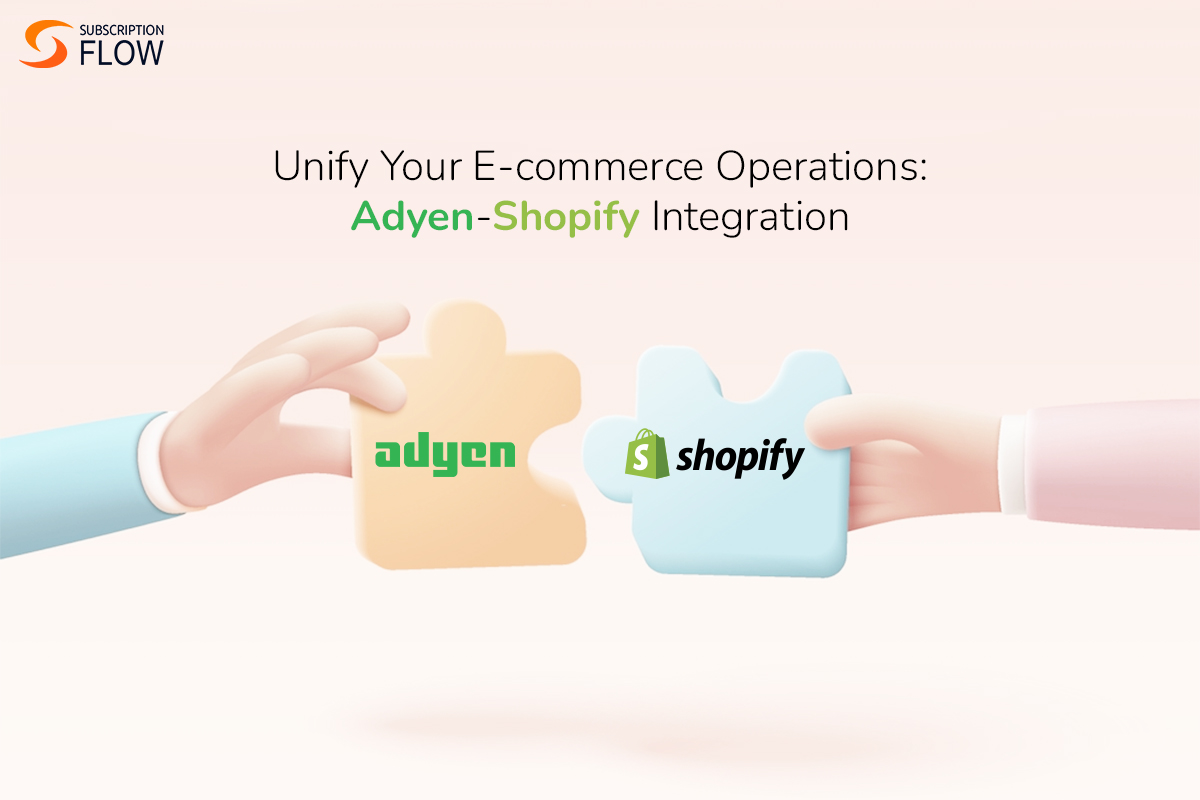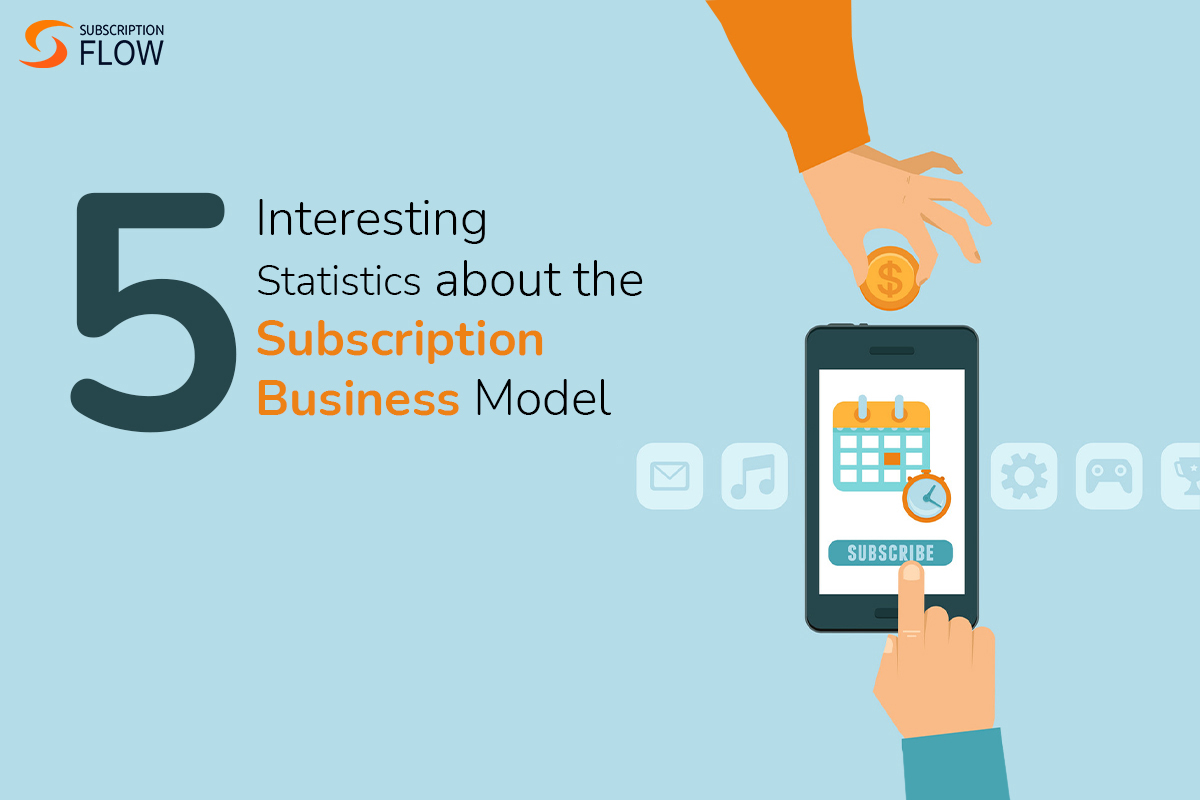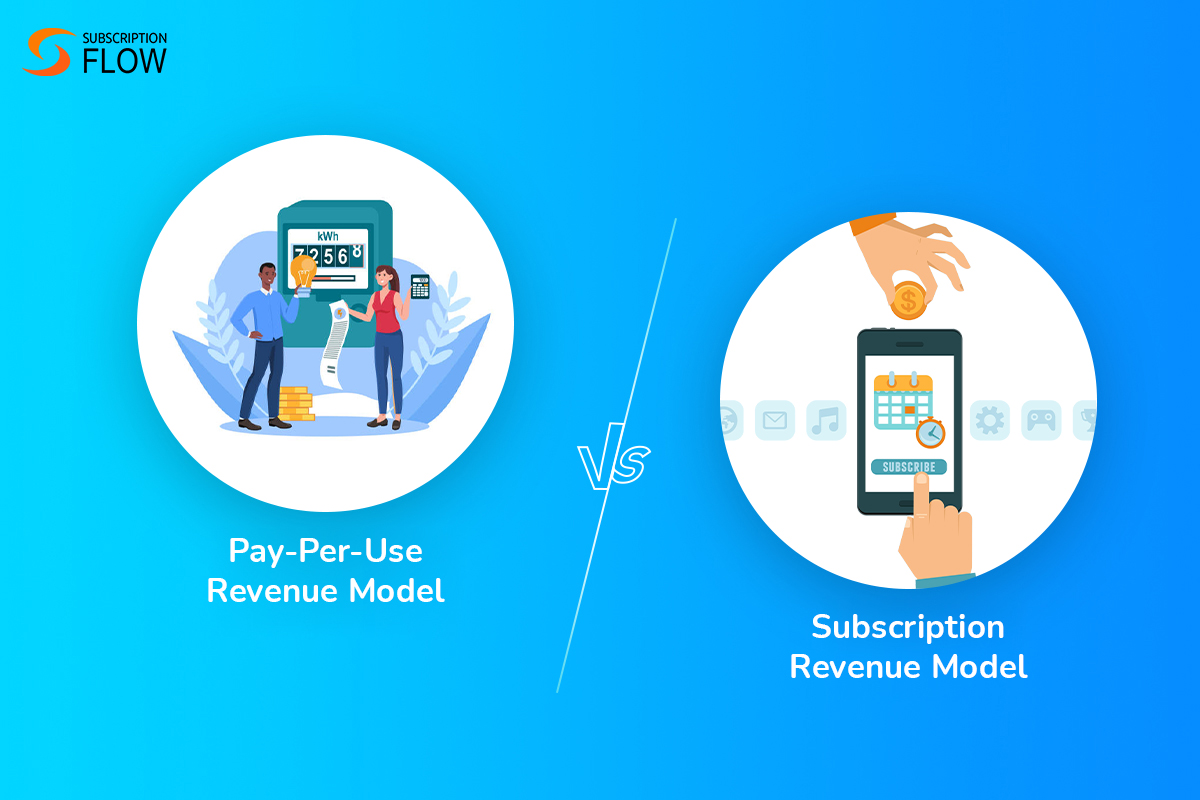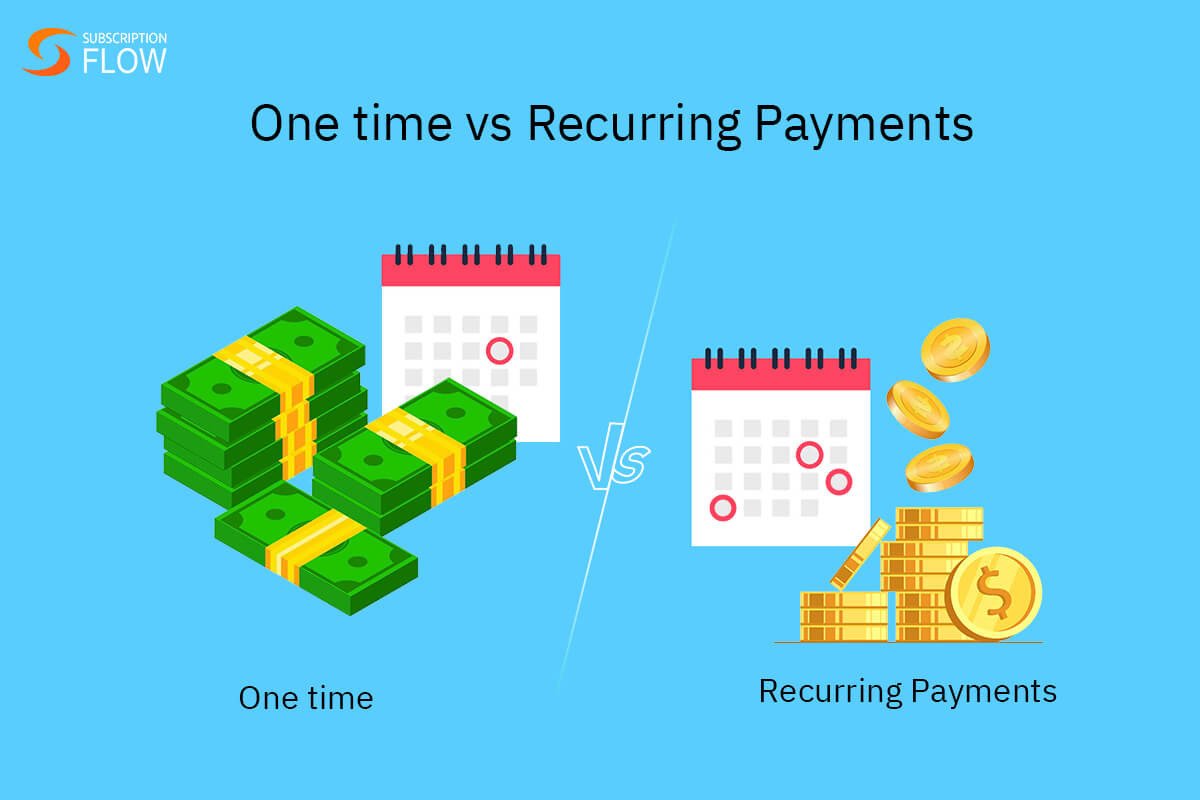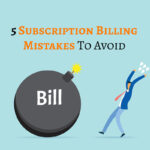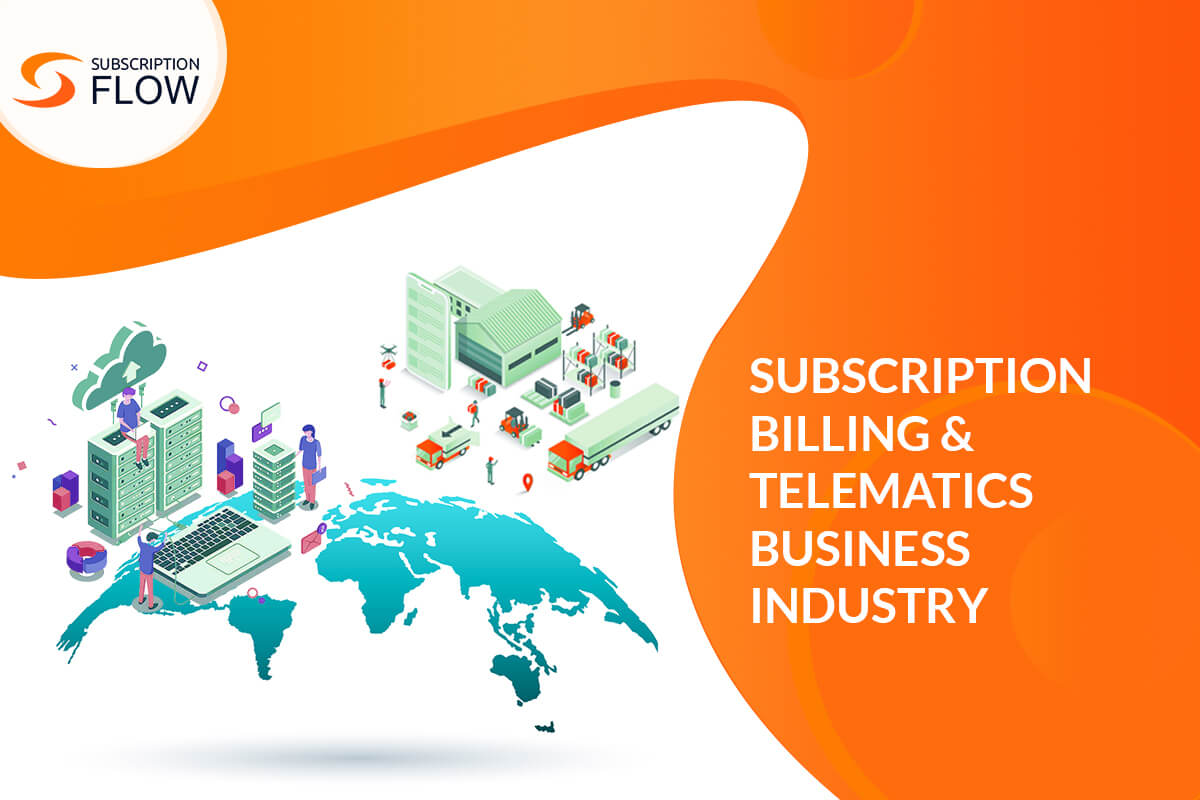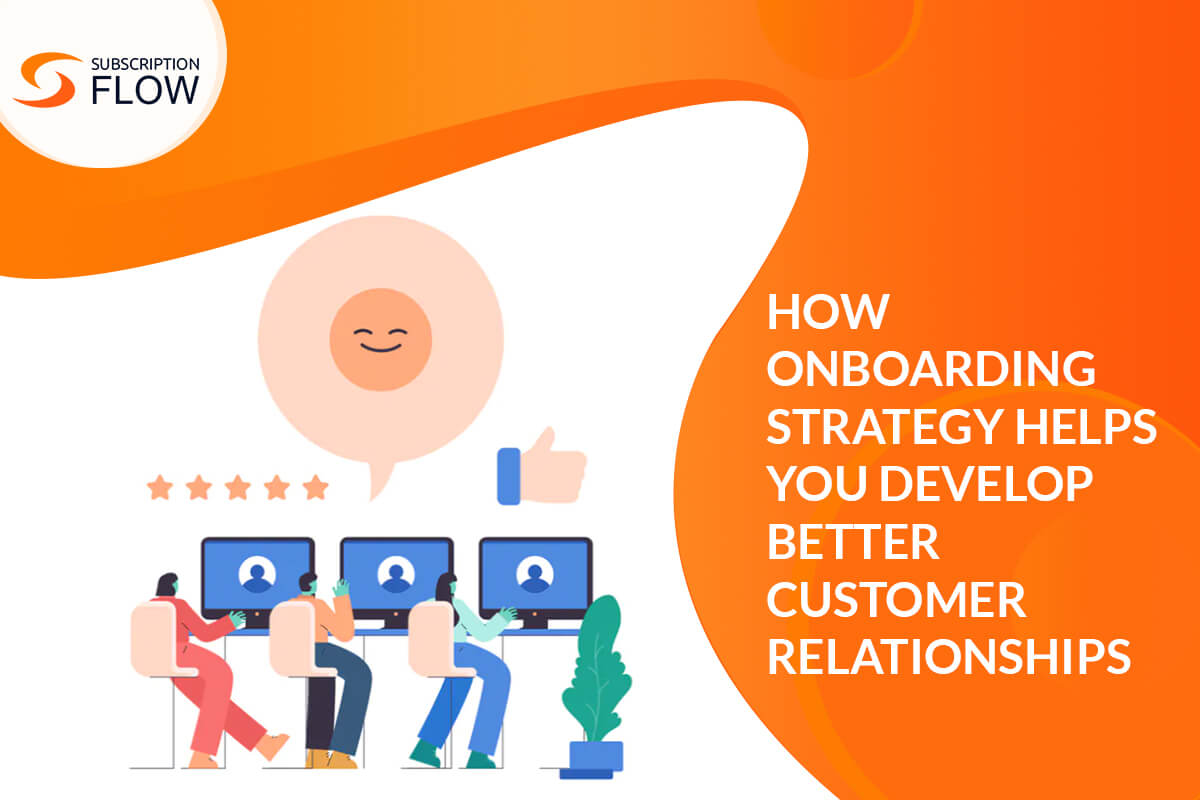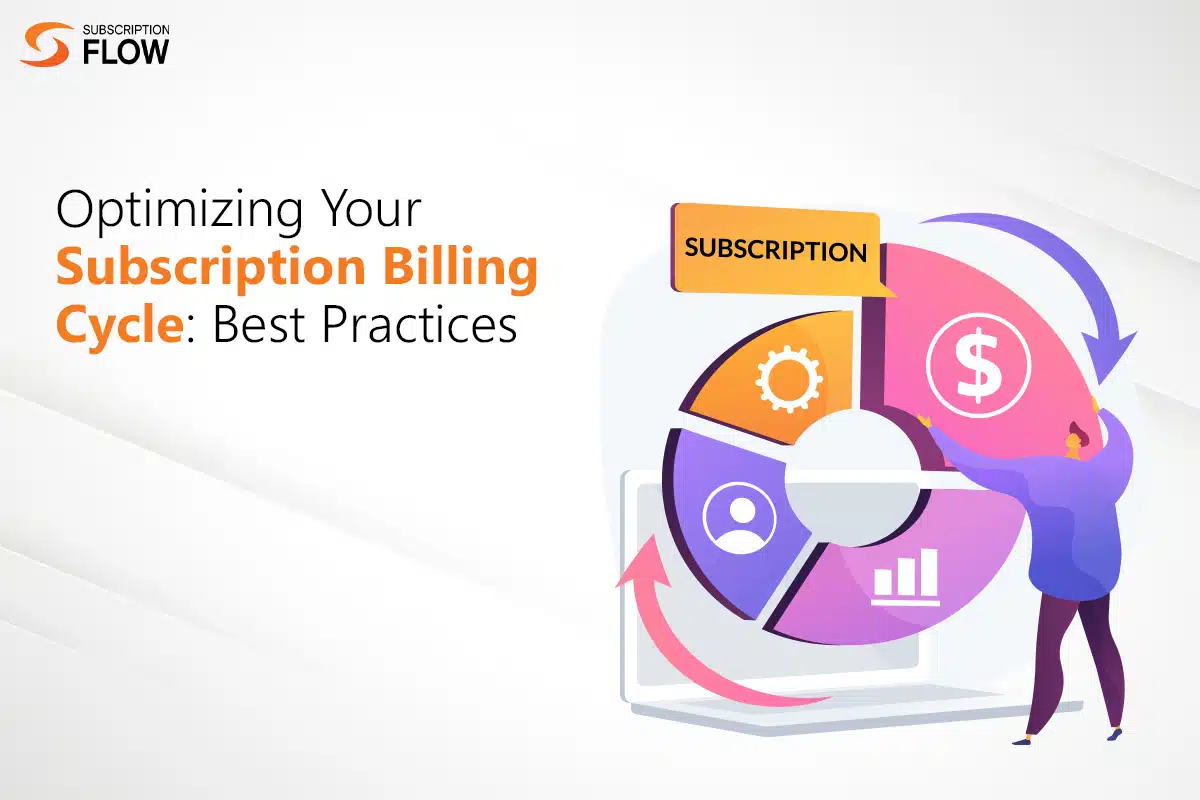
Optimizing Your Subscription Billing Cycle: Best Practices
Billing cycles are the key components of subscriptions that bring in consistent revenue. They are what smooth subscription renewals rely upon. The better a subscription business carries out its billing cycles, the smoother its customers’ payment experiences are.
To unlock higher customer satisfaction, and faster payments, refining billing processes is necessary.
In this article, we’ll explore how a subscription billing cycle works, and its major types. We’ll also examine the best practices for conducting seamless and efficient billing cycles.
How Does a Subscription Billing Cycle Work?
A billing cycle refers to the period in which subscription payments are collected from customers. This cycle is recurring, meaning that it repeats itself following a specific schedule. In order to gain a deeper understanding of how a billing cycle works, we will examine the stages involved in it.
- Stage 1: Subscription Sign-Up
Customers begin their subscription journey by signing up for a product or service. The date when they sign up holds significance, as that becomes, in most cases, their billing cycle date as well. For instance, if a customer signs up on the 1st of the month for a monthly subscription, they’ll be billed again on the 1st of the next month.
During sign ups, customers provide their personal and payment information. They are typically asked to choose from a range of payment methods. When customers choose one, and enter their payment details, the system runs a verification test to confirm these details.
Once the details are confirmed, the system collects the initial payment from the customer’s account, and begins their subscription. It saves their payment details for future use. However, payment information is saved only if customers consent to it in their subscription terms and conditions.
- Stage 2: Invoice Generation
This is the second stage of the billing cycle, and is conducted in more than one ways. Businesses can either conduct automated recurring payments, or can send each customer their invoice so they can pay manually. What the business opts for depends on its customer’s preferences, and subscription contracts.
In the case of automated billing, the system automatically collects customers’ payments on their due dates without reminding them first. Customers’ invoices are generated as soon as their payments are confirmed, and then sent to them as proof of payment confirmation.
On the other hand, if customers prefer to pay themselves, the system generates all payable invoices and sends them on time. These invoices often contain payment links. Customers can pay as soon as they receive their invoices.
- Stage 3: Payment Processing
The billing system either automatically processes payments, or allows customers to pay themselves. Successful payment processing means that the funds are smoothly collected from customers’ accounts and transferred to the merchant’s account.
Invoices are marked as either paid or unpaid after payment processing. If the payment collection is successful, the invoice is marked paid. If it is unsuccessful due to any reason, the invoice is marked as unpaid or pending.
- Stage 4: Notifications and Reminders
It is important to keep customers in the know throughout their billing cycle. Good billing software allows businesses to send automatic notifications before and after payment collection. Customers can be automatically reminded about their payment due dates.
They can also be sent payment confirmation and thank you messages along with their invoices via email. Moreover, customers can be sent notifications regarding payment failures, and how they can solve them.
- Stage 5: Renewals and Cancellations
The purpose of a subscription billing cycle is to renew subscription. Customers show their commitment to a subscription service by adhering to their billing schedules consistently. They pay when their payment dates arrive, and keep their subscriptions running smoothly.
However, customers can opt for cancelling their subscriptions too whenever they feel like it. One way of doing that is to cancel before the renewal date. This ensures that the system doesn’t charge them for the new subscription period.
- Stage 6: Dunning
This stage is required only when a payment fails. Dunning refers to all the strategies that a business employs to recover the failed payment. If failed payments are not addressed timely, they can become a major source of revenue leakage.
Advanced billing systems carry out dunning by automating payment retries. The system makes payment collection attempts repeatedly, at different times, so that it can withdraw funds as soon as they hit the customer account. This strategy works when the customer payment fails due to insufficient funds.
Another strategy is to boost customer engagement at that time, and guide customers to resolve their payment issues. They can either be encouraged to change their payment method, or update the details of their existing method.
Types of Subscription Billing Cycles
There are various types of billing cycles based on the schedule they follow. Here are the main types:
- Monthly Billing Cycle
Monthly billing cycles are the most commonly used in the subscription industry. As the name suggests, subscribers are billed every month, on the same date. Let’s suppose a customer signed up on the 5th of April. Their next billing date will be the 5th of May, then the 5th of June, and so on.
Sometimes, subscription businesses follow the 30-day billing rule as well. They charge customers after every 30 days, as this time usually marks the completion of one month. So a customer’s billing cycle can go like:
1st billing cycle: 1st January
2nd billing cycle: 31st January
3rd billing cycle: 2nd March
and so on.
- Quarterly Billing Cycle
In quarterly billing, customers are billed after every three months. So, if a customer has been charged on the 1st of January, here’s what their quarterly billing cycles will be:
1st billing cycle: 1st January
2nd billing cycle: 1st April
3rd billing cycle: 1st July
4th billing cycle: 1st October
So, here customers only go through 4 billing cycles in a year, as compared to 12 in a monthly subscription.
- Yearly Billing Cycle
Yearly or annual billing cycle means that customers are billed on a specific date each year. Let’s say on the 1st of January. So, customers only pay once in a year. Annual subscription charges are higher than the monthly or quarterly charges. That is because, they cover an entire year of services.
Best Practices for Efficient Subscription Billing Cycles
Your subscription billing cycle determines how often you collect revenue, and how smoothly the payments take place. If billing cycles are conducted efficiently, they ultimately boost customer satisfaction, and your bottom line.
These are some practices that you can incorporate into your subscription billing for maximum efficiency:
- Choose the Right Billing Schedule
There are many types of billing cycles, some of which we discussed above. Your choice of billing frequency depends upon what suits your subscription offering, and customers the best. You don’t necessarily have to stick to only one type of frequency.
Instead, you can offer multiple plans with unique billing schedules. Customers can simply choose the ones that resonate with them the most. You can analyze the performance of your plans over time, and determine which ones contribute to business growth the most. That’s one way of finding out the ideal billing frequency for your business.
Additionally, you can also offer custom billing cycles, if the standard ones don’t fit your customers’ needs.
- Automate Every Process You Can
Automation is key for streamlined billing cycles. Manually tracking each customer’s billing date is nothing short of a nightmare. If you have a considerable customer volume, things can get out of hand pretty quickly.
Get yourself an advanced and reliable billing software that can auto-track billing cycles. Such billing software automates almost everything. It generates invoices, processes payments, tracks unpaid invoices, carries out dunning, renews subscriptions—all on autopilot.
This not only reduces your administrative burden, but also accelerates your payments, and greatly reduces the margin for billing errors.
- Implement Intelligent Dunning
Choose a software that automates payment retries. This ensures that there are minimum lost payments. It also maintains the integrity of the billing cycles by avoiding long payment delays. Alongside payment retries, businesses also must reach out to customers via email or customer portal.
Personalized messages carry a stronger impact, and encourage customers to respond faster. Customers can also be sent links that direct them to the page where they can update their payment method. This makes things more convenient for them, as they don’t have to spend extra time navigating.
- Offer Easy Upgrades, Downgrades and Cancellations
Customers don’t want to get locked into inflexible subscription cycles. That can discourage them from signing up in the first place. Allow customers to easily modify their plans via their customer portals, whenever they feel like.
Make subscription upgrades and downgrades, and especially the cancellation frictionless. Opt for billing software that adjust these changes in real-time, and prorates charges accordingly.
- Analyze Customer Behavior
Monitor how customers interact with each billing cycle. This gives you insights into what they prefer. For instance, you can analyze subscription changes, payment failure rate, churn rate, and more over time. These insights help in optimizing billing strategies, and eliminating inefficiencies.
- Offer Grace Periods
Don’t immediately suspend subscription when a customer payment fails, or gets delayed. This can increase involuntary churn. Payment failures can occur due to issues that are not in the customer’s notice or memory, such as card expiration or insufficient funds.
Allowing customers a grace period to resolve their problems makes them feel valuable, and encourages them to pay faster.
How SubscriptionFlow Helps
SubscriptionFlow is a robust billing engine purpose-built to optimize your subscription billing cycle. We offer a suite of features to elevate your billing practices, and increase your revenue flow.
Here’s a brief look at what we offer:
- Customized billing cycles that cater to unique business needs
- Automated invoicing for increased accuracy
- Smart dunning to maximize revenue recovery
- Robust reports and analytics for smart performance monitoring
- Automated billing adjustment and proration for subscription changes
- Grace periods to boost customer retention
Get onboard SubscriptionFlow today, and take your billing cycle effectiveness to the maximum.


